Pavement to Paradise Gardens
Little pockets of defiant beauty


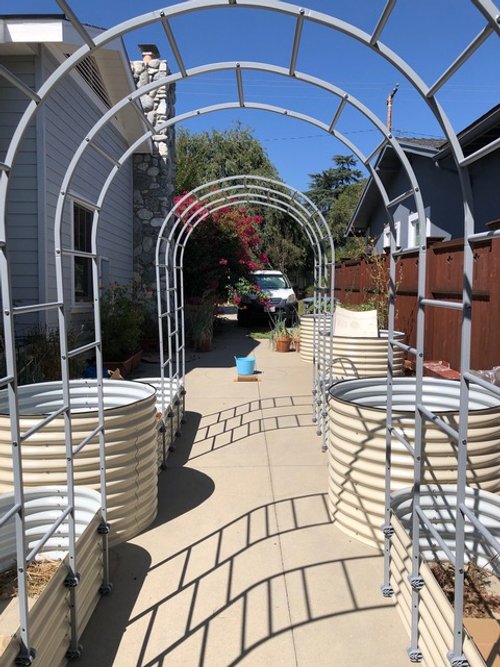
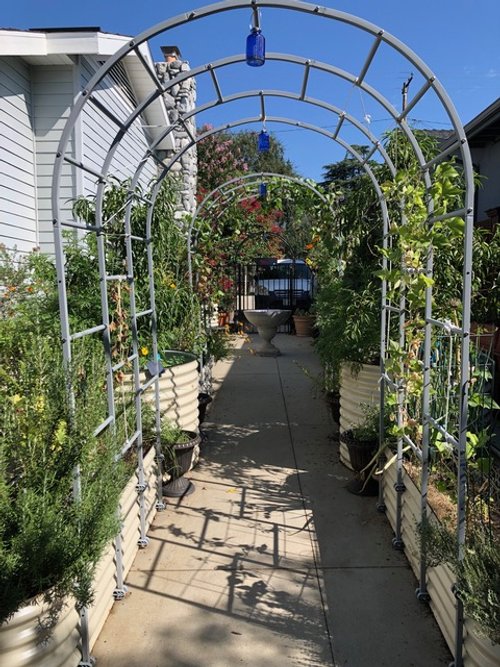


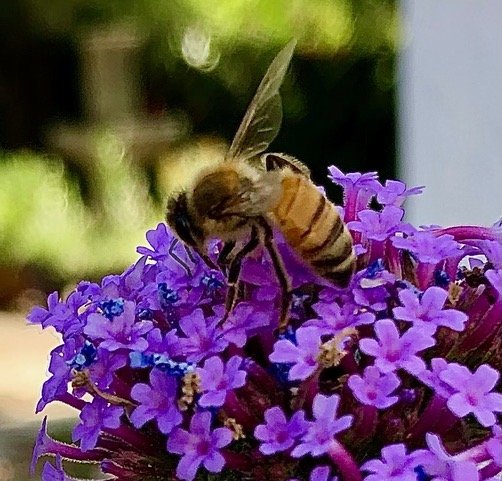
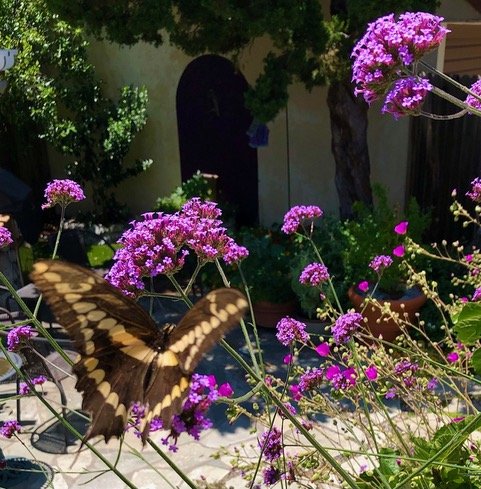
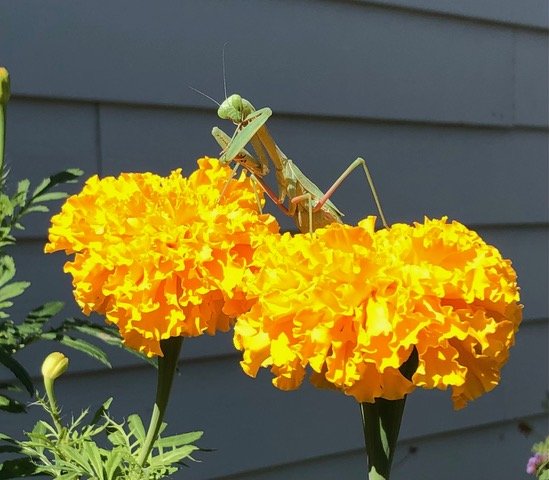

The Paradise Garden shows how to turn a lifeless pavement driveway into a life-full place including fruit trees, vegetables, herbs, flowers and water (solar fountains). The garden does not use electricity or herbicides/pesticides. It did not require digging up the driveway, but rather, built raised beds on top.
The objective is to:
sequester carbon,
feed people,
encourage wildlife, particularly butterflies, bees and birds,
provide shade that lowers the temperature outside the house that in turn lowers
utility bills,
be a showcase for how to reclaim a paved area,
use waterwise conservation practices, including ‘olla’ systems and a rain barrel,
demonstrate a worm bin and composting,
use solar outdoor lighting,
and provide practical fun steps people can use to move toward net zero carbon emissions.
Specifically, the project:
turned a 45’ x 15’ cement driveway into a raised-bed fruit tree, vegetable, herb and flower garden. This shows what people can do at home to become more self-sufficient and more resilient. It also shows how to help cool a house without using gas or electricity—and the plants provide beauty, habitat, sequester carbon and help clean the air!
Materials: the only purchased new materials are the Vego metal beds
Vego recycled metal raised beds, trellises and solar lights – (vegogarden.com)
Upcycled plastic tubs on wood stands (tubs and wood scrounged from trash)
Fountain – upcycled cement parts, tile by Marilyn Scaff, floating solar fountain
Mini fountains made from upcycled buckets, ‘junk’, and $10 small solar kits
The rain barrel doesn’t work well enough to recommend. One can store the same amount of water using old buckets or trash cans.
Note the old trousers hanging on the front gate. Plants can grow in anything that holds soil and water, the bigger the better. Be creative ~ have fun!
The Waterwise Garden is replacing a monoculture lawn with mostly native, drought tolerant plants. It is a butterfly garden. The rocks are local. The labor was local – provided by Hedgehog Landscape and Design (www.hedgehoglandscape.com).
The plants were either grown by seed by Marilyn Scaff, or came from the CA Botanic Garden’s Grow Native Nursery, and other local nurseries. The plant list includes Tecate Cypress trees, native salvias, buckwheat, verbena, penstemon, and succulents. For advice on creating a butterfly garden, go to the California Native Plant Society online at
https://www.cnps.org/gardening/gardening-for-butterflies-3106
Watering is done by soaker hoses (and by hand) as needed.
***
An important part of this project is raising public awareness of the possibilities and advantages of living locally—buying locally, eating locally, being more aware of our community of people and critters, living within our bioregion, and thus making more deliberate choices.
In a world that seems to be increasingly fragile, one way to stay strong is to build resilient communities:
Resilient - because the complex economic, energy, and environmental challenges we face not only require solutions to make problems go away, but responses that recognize our vulnerabilities, build our capacities, and enable us to adapt to an increasingly unpredictable future.
Communities - because the future is grounded in local relationships—relationships with the ecological resources that feed and sustain us, among families and neighbors, and through the institutions we use to govern ourselves.
